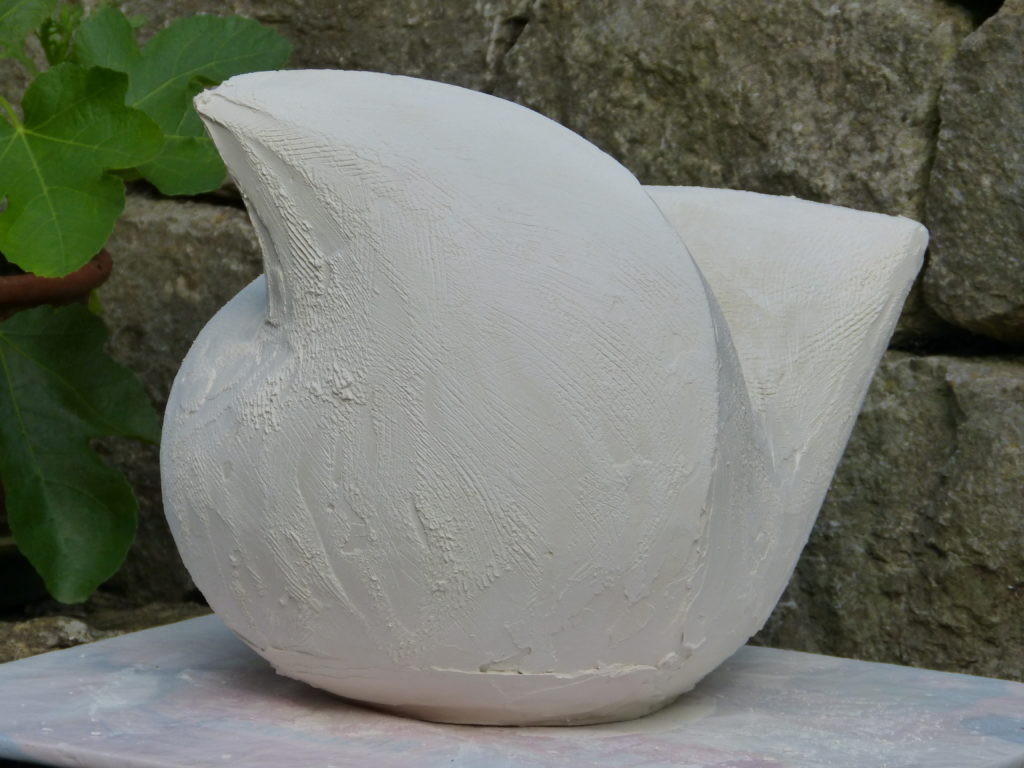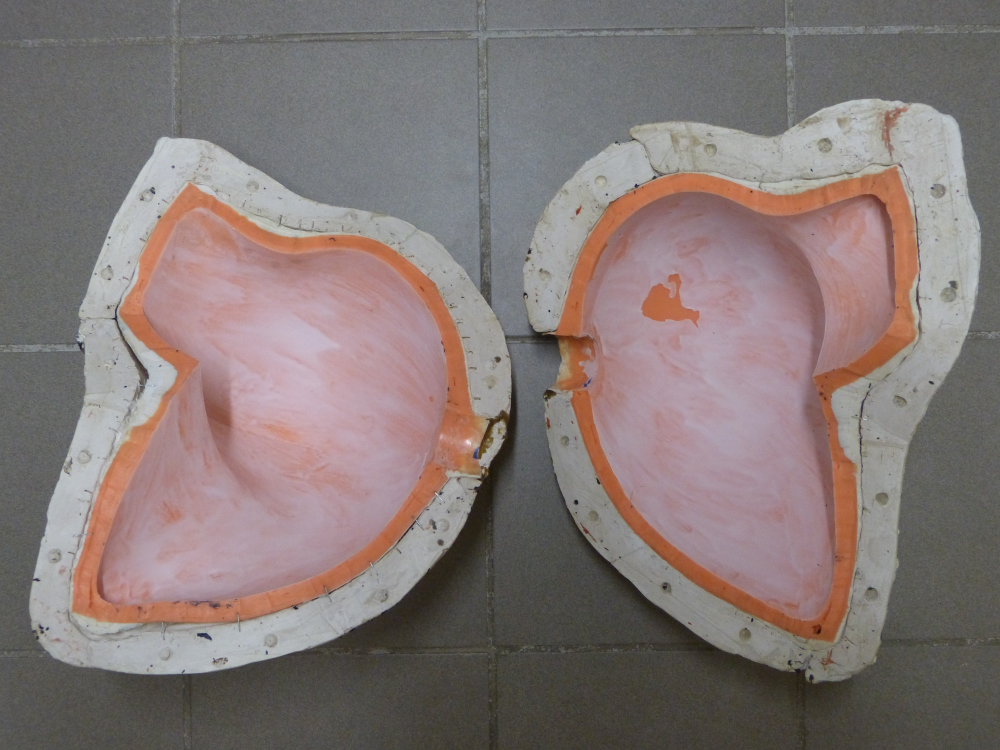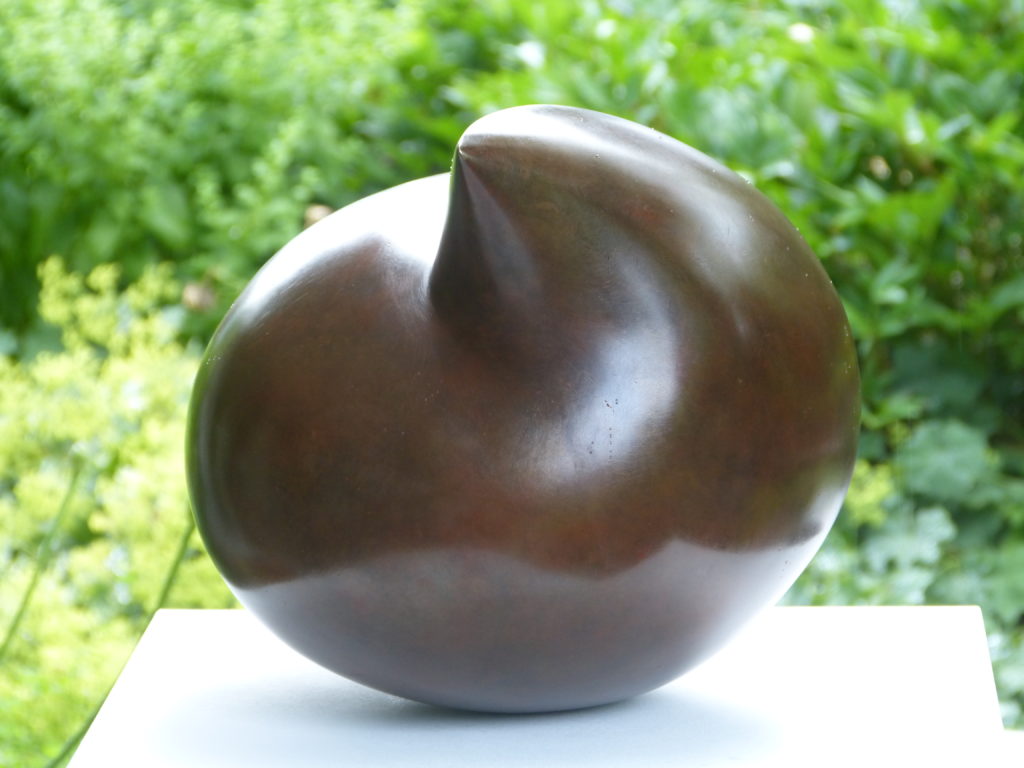The exhibition “Shining to the Light” will run from May 2nd to June 14th, 2024 in the Ostalbkreis District Office in Aalen.

The opening with the mountain greeting by Deputy District Administrator Karl Kurz and a wonderful introduction by Wolfgang Nussbaumer was a great pleasure. The well-attended event was perfectly rounded off by the musical contributions of Tobias Bader (saxophone) and Vitaliya Fedosenko (piano). “The detailed lecture gave the event a flair of the finest house music and concert splendor.” (Schwäbische Post, May 4, 2024)


Designing the airy foyer of the district office was great fun. Larger works are particularly effective here. But also for the smaller sculptures there are places that make them shine. At this exhibition, everyone “shines to the light”. This also applied to the visitors to the vernissage, who left the evening with a beaming smile.


The exhibition The exhibition can be visited until June 14th in the gallery of the district office in Aalen: Monday to Wednesday from 8 a.m. to 4 p.m., Thursdays until 6 p.m. and Fridays until 12.15 p.m.









